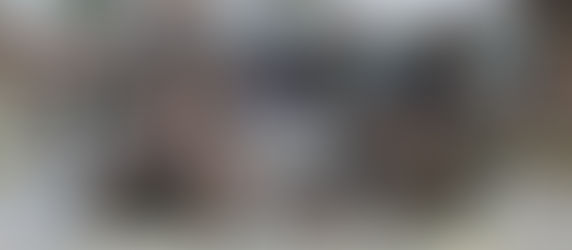top of page

Search


Two Trolls and a Dragon Walk into a Tale; Bridging the Grettir-Fafnir Divide in Beowulf
Two devis relax over a game with pieces that look suspiciously like human bones at Musthaid Park in Tblisi, Georgia. Devs are troll-like...

Ben Hellman
Sep 12, 2020


Kathleen Herbert and the Lost Gods of the Harvest
(Left to right) Kathleen Herbert’s Looking for the Lost Gods of England; an epitaph for John Barleycorn in my wife's family cabin, dated...

Ben Hellman
Sep 6, 2020


No Stone Unturned; An Investigation of Steinn from Grettis Saga
Rock eaters, controllers, destroyers and shapers: Left to right and top to bottom: The Rockbiter from The Neverending Story; Ludo from...

Ben Hellman
Sep 3, 2020
PRACTICAL MYTHOLOGY
Benjamin Hellman's Blog
bottom of page